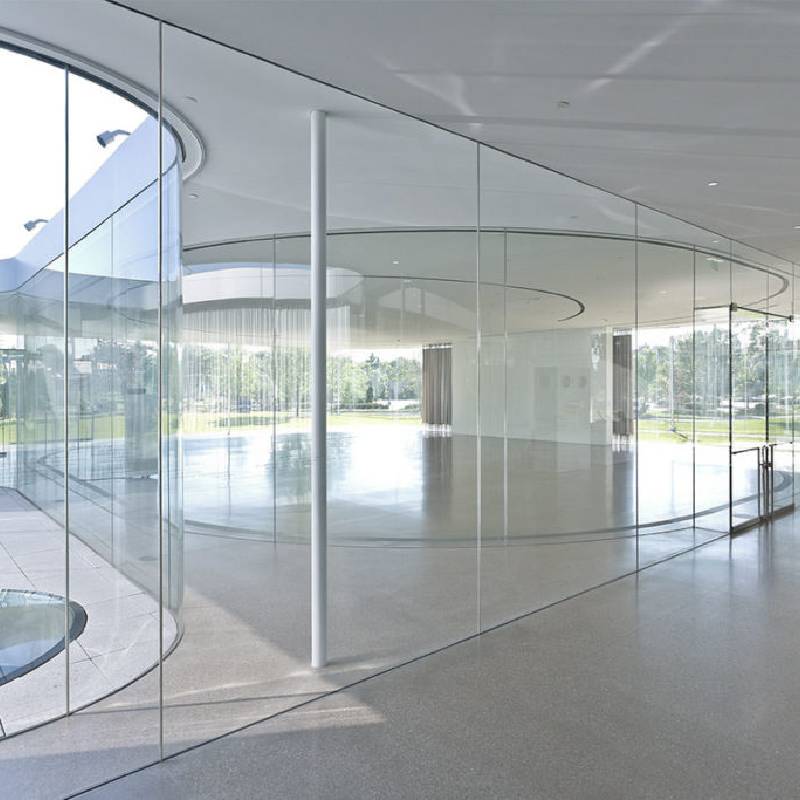

Victorian Frosted Glass A Timeless Elegance
The Victorian era, a period spanning from 1837 to 1901, is often characterized by its remarkable advancements in art, architecture, and design. Among the many innovative materials that emerged during this time, frosted glass holds a special place, representing both aesthetic beauty and technological progress. Victorian frosted glass, often seen in windows, lamps, and decorative elements, captures the essence of an era that valued craftsmanship, detail, and the interplay of light and shadow.
Victorian Frosted Glass A Timeless Elegance
The aesthetic appeal of Victorian frosted glass is deeply intertwined with the broader art movements of the time. The era's inclination towards ornate designs and elaborate details found its way into the patterns etched into frosted glass. Floral motifs, geometric shapes, and intricate swirls became common themes, enhancing the visual impact of this versatile material. Artisans took pride in their work, and each piece of frosted glass could tell a story of inspiration, innovation, and artistry. These designs not only complemented the architecture of the time but also contributed to the overall ambiance of the interiors.

In addition to its beauty, frosted glass was a testament to the technological advancements of the Victorian era. The development of glass-making techniques, including the use of molds and innovative finishing methods, allowed for more complex and varied patterns. The industrial revolution played a crucial role in the production of glass, making it more accessible to the middle class. This democratization of luxury enabled even modest homes to incorporate elegant features, making frosted glass a symbol of sophistication.
Victorian homes often showcased frosted glass in various forms, from stained glass windows that incorporated frosted elements to light fixtures adorned with frosted globes. The play of light through frosted glass created an enchanting atmosphere, as the sun's rays would transform the patterns into dynamic visuals that changed throughout the day. This interaction with light was not merely functional; it was an art form that turned everyday spaces into ethereal environments.
Despite its prevalent use in the 19th century, frosted glass never completely fell out of fashion. Its timeless quality resonates with modern design sensibilities, seen in contemporary architecture and interior design that embraces both functionality and style. Today, frosted glass is often used in modern homes to provide privacy while allowing for natural light, a testament to its enduring appeal.
In conclusion, Victorian frosted glass embodies a rich tapestry of art, technology, and cultural values. It reflects an era that cherished beauty and craftsmanship, creating spaces that were both inviting and refined. As we look back at this elegant material, we are reminded of the timeless qualities it possesses—qualities that continue to inspire designers and homeowners alike. The legacy of Victorian frosted glass is not just in its past but lives on in the sophistication and romanticism it brings to interiors today.